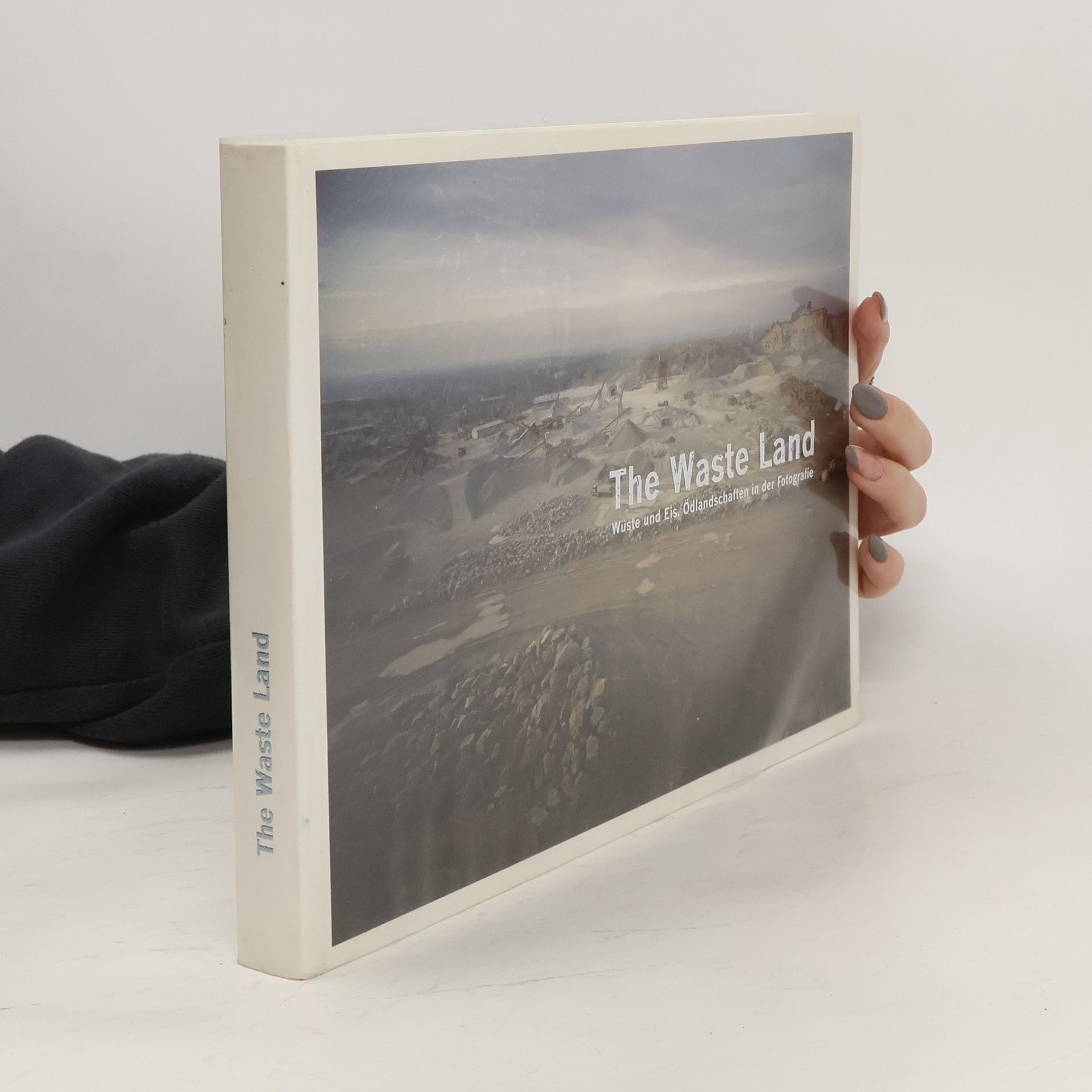Thomas D. Trummer Livres






Questions of what is real and what is a replica, what is explicit and what remains concealed, which Peter Fischli dissects in various media: sculpture, video, photography, and installation probe the essence of the authentic and counterfeit image, laconically appropriating the familiar and alienating it. The exhibition catalogue assembles essays by various authors addressing all the series of works, Thomas D. Trummer expounds on Fischli's invariably humorous way of working, focusing in particular on his concept for the exhibition at Kunsthaus Bregenz. The publication is designed as an artist's book by Peter Fischli himself. Text: Peter Fischli, Rosa Aiello, Daniel Baumann, Bice Curiger, Eva Fabbris, Arthur Fink, Cara Manes, Mark Godfrey, Valentin Groebner, John Kelsey, Charlotte Matter, Kaspar Müller, Andreas Selg, Thomas D. Trummer Stanislaus von Moos, Katrin Wiethege, Stefan Zweifel
Peter Sandbichler's art is driven by his interest in perception, modular structures and the physical impact of his work on the viewer. For Kunstraum Dornbirn, Sandbichler developed two gigantic sculptures. With the 26-metre-long cardboard spiral TWIST # 03 and the 26-part elephant skull SKULL # 06, he gauges the space of the former assembly hall in order to translate its history into the present. This book accompanying the exhibition shows the large installation from construction to final presentation. In addition to an extensive interview between the curators and the artist, texts by Thomas D. Trummer and David Schalko accompany the comprehensive photo documentation by Günter Richard Wett.
Michael Armitage. Pathos and the Twilight of the Idle
Kunsthaus Bregenz
Dora Budor. Continent
Kunsthaus Bregenz
Die in Kroatien geborene Künstlerin Dora Budor, die zunächst ein Architekturstudium absolvierte, begreift Gebäude und Institutionen als Systeme, die nicht nur von tektonischen Bedingungen und ihrer eigenen Infrastruktur, sondern auch von Genderaspekten geprägt sind. Im Gegensatz zur Architektur - einer ästhetischen Aufgabe - verfolgt sie eine Strategie des selektiven Auseinandernehmens. In Continent löst Budor eine Irritation in den Ausstellungsräumen des Zumthor-Baus (Kunsthaus Bregenz) aus. Sie untersucht den physischen Baukörper mit einer Reihe von Interventionen, wobei sie Abläufe in den Blickpunkt rückt, die normalerweise im Verborgenen geschehen. Sie verschiebt externe Strukturen ins Innere und erzeugt Resonanzen im Unsichtbaren. Text: Richard Birkett, Amelia Groom und Robin Evans. Gespräch zwischen Dora Budor und Thomas D. Trummer
Anna Jermolaewa
Kunsthaus Bregenz
Solange Pessoa
Kunsthaus Bregenz
Mit seinem vielschichtigen Ulysses, ebenso Epos wie Chronik, Drama, Reprotage, Essay und Entwicklungsroman, setzte James Joyce nicht nur Maßstäbe für das nachfolgende literarische Schaffen, sondern inspirierte auch viele bildende Künstler. Neben Werken von Joseph Beuys, Man Ray, Edith Cever und Hans-Jürgen Syberberg, Lawrence Weiner und Franz West werden auch Werke jüngerer zeitgenössischer Künstler wie Deutschbauer und Spring (A), Jonathan Monk und Douglas Gordon (GB) oder Raymond Pettibon (USA) gezeigt. Diese Bilder werfen Fragen nach der Wirkung dieses herausragenden Stückes Weltliteratur auf, visualisieren die Mythen im und rund um den Ulysses und führen die Eigentümlichkeit dieser Erzählung mit anderen Mitteln fort.
"This publication presents selected positions of contemporary international photography. Thematically it is based around landscapes of desert and ice as well as Robert Smithson's theoretical work, which resolves around geological processes and modern civilisation techniques"--Preliminary page

